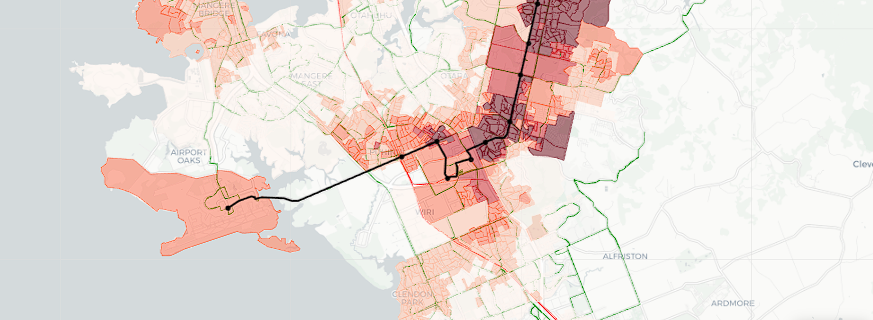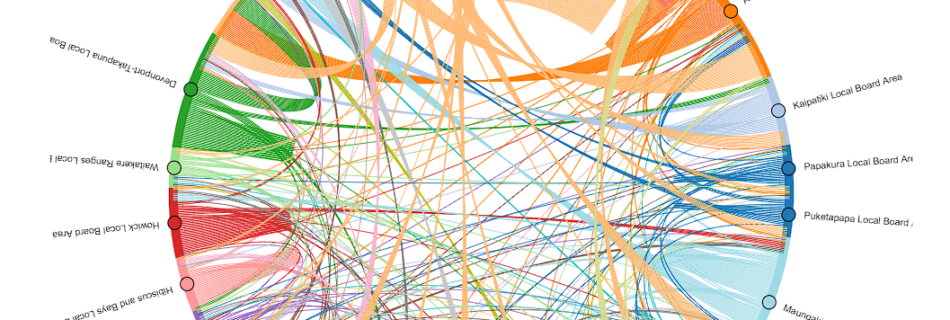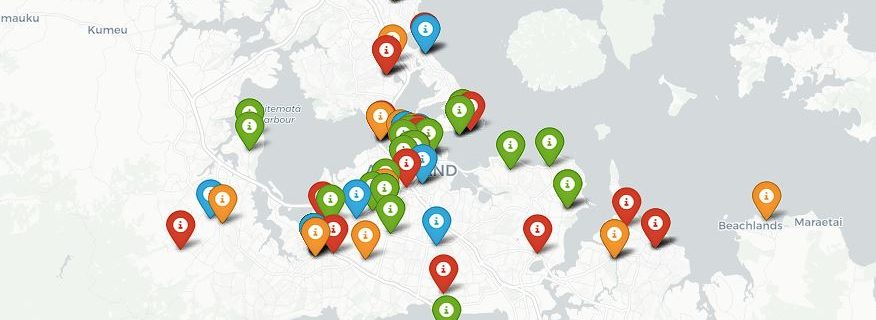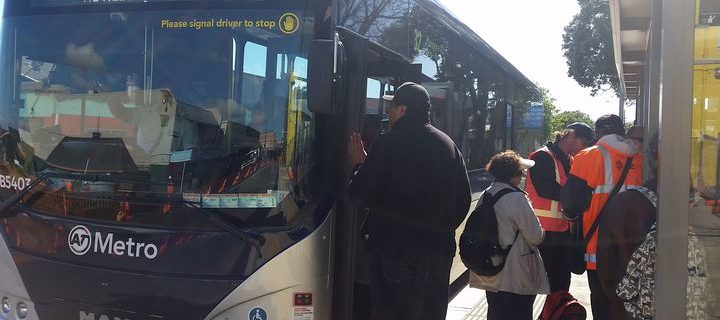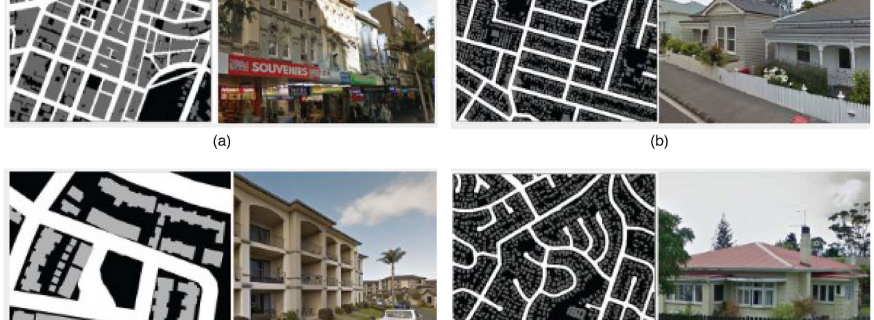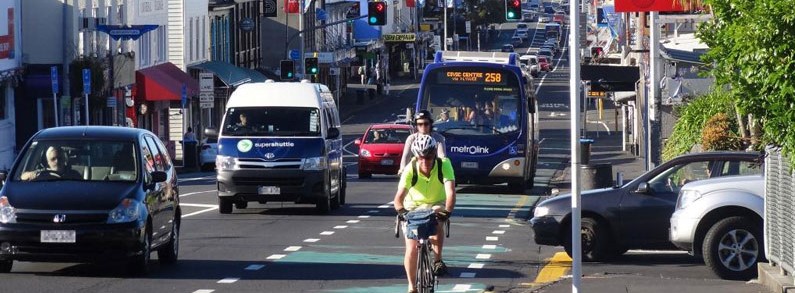Assessing Green Spaces Accessibility in New Zealand: A Geospatial Analysis
Introduction Access to green spaces is essential for the well-being and quality of life of urban residents. They provide opportunities for recreation, relaxation, and connection with nature, offering numerous physical and mental health benefits. In this blog post, I present a geospatial analysis that aims to evaluate the availability of green spaces within a 15-minute …
Read more “Assessing Green Spaces Accessibility in New Zealand: A Geospatial Analysis”

